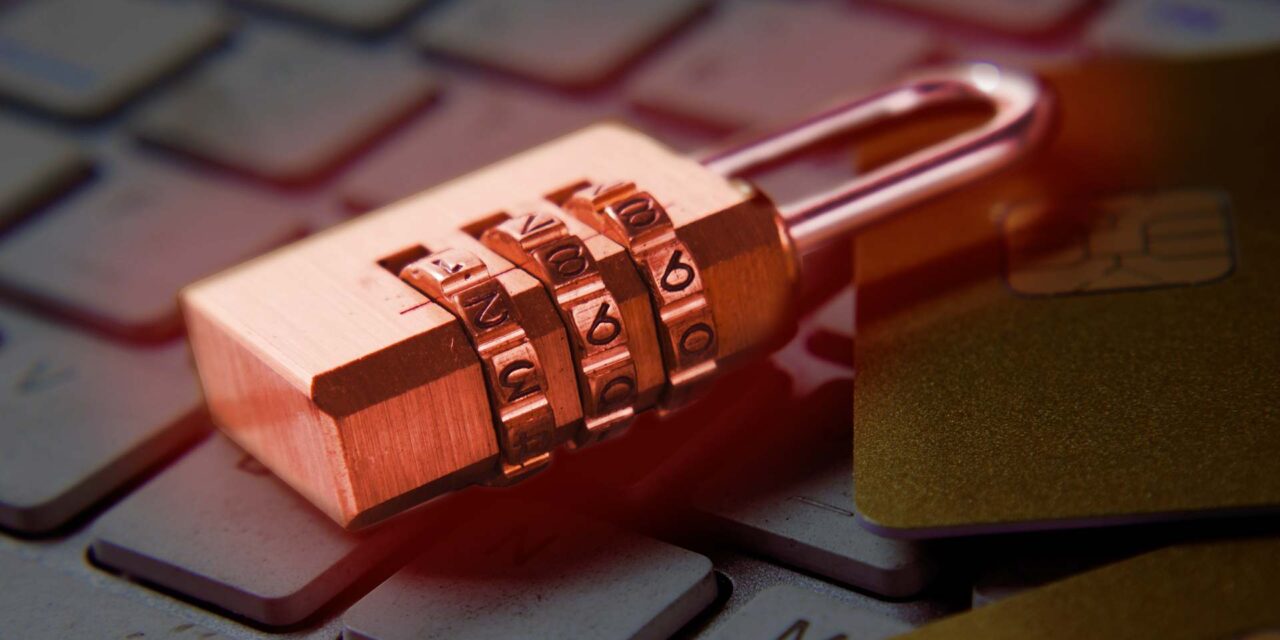Amid a digital perfect storm of circumstances, online payment fraud may grow by 110% annually over the next five years
Online payment fraud includes losses across the sales of digital goods, physical goods, money transfer transactions and banking, as well as purchases such as airline ticketing.
Fraudster attacks can include phishing, business email compromise and social engineering fraud. Online payment fraud losses are partly being driven by fraudster innovation in areas such as account takeover fraud, where a user’s account is hijacked. This is despite the wide employment of identity verification measures.
Amid the continuing impact of the COVID-19 pandemic and developments in new payment methods and digital economies, new research across 60 countries and 20 online payment-fraud prevention vendors has indicated that “fraud prevention vendors must orchestrate the right mix of verification tools, at the most effective point in the customer journey, to best protect users, but that this will require significant capabilities to achieve.”
A research study has identified physical goods purchases as the largest single source of losses, accounting for 49% of cumulative online payment fraud losses globally over the next five years, growing by 110%. A major fraud risk lies in lax address verification processes in developing markets, with fraudsters targeting physical goods specifically, due to their resale potential.
According to the report author, Nick Maynard, Head of Research, Juniper Research, which produced the commercial research for sale at £3,750: “Fundamentally, no two online transactions are the same, so the way transactions are secured cannot follow a one-size-fits-all solution. Payment fraud detection and prevention vendors must build a multitude of verification capabilities, and intelligently orchestrate different solutions depending on circumstances, in order to correctly protect both merchants and users.”
The report recommends that merchants adopt strong anti-fraud measures, including multiple sources of address verification and multi-factor authentication to reduce fraudulent incidents for physical goods merchants.





















